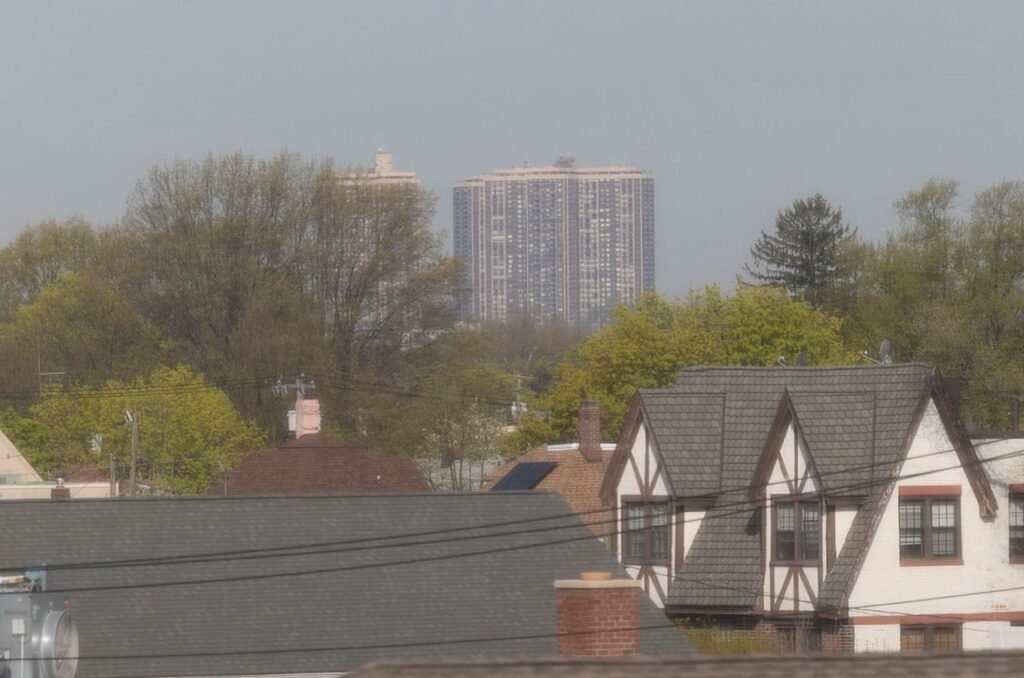Mineola, N.Y.: Haze in the air on April 24, 2025 in Mineola, New York can be traced to wildfires in … More
Newsday via Getty Images
Last week, the American Lung Association released its annual “State of the Air” report, revealing troubling findings about air quality in cities across the U.S.
According to the analysis, 46% of Americans are now exposed to harmful air pollution, the highest share recorded in the organization’s reports across the past decade. Using data on ozone and fine particle pollution from various government monitoring sites, the assessment assigns failing grades for ozone smog to counties housing approximately 125 million people, and for daily particle pollution to counties with a total of 77 million residents.
These figures paint a disconcerting picture of the country’s efforts to combat noxious air quality, an ambition established with the original passage of the Clean Air Act in 1963 and reinforced by numerous amendments since. In his statement at the signing of the act, President Lyndon B. Johnson called air pollution “a serious and growing threat to both our health and our safety” and underscored that the newly minted legislation would “permit expanded research, foster cooperative efforts among the States, provide better State and Federal control over pollution.”
More than six decades later, major concerns about how air quality adversely affects the health of Americans persist. The American Lung Association’s new report points to the deleterious impacts of the climate crisis, noting that although the Clean Air Act ushered in measurable wins in terms of emission cuts, “increases in high ozone days and spikes in particle pollution related to extreme heat, drought and wildfires are putting millions of people at risk and adding challenges to the work that states and cities are doing across the nation to clean up air pollution.”
Indeed, climate change has expanded the scope of the problem. The climate crisis, for example, is tied to the greater duration of fire seasons, which can present a host of obstacles for residents living in affected areas. After the 2025 Los Angeles wildfires, there were widespread questions about the region’s air quality, which type of protective masks should be worn, and when residents could feel safe to resume their daily regimens. At the time, public health experts sounded the alarm about the health hazards of smoke-associated particulate matter, warning that already vulnerable groups — such as children and the elderly — faced an even greater threat.
Unfortunately, with the climate crisis ramping up, concomitant air quality issues loom large. Meanwhile, the current direction of U.S. climate and energy policy bodes poorly for closing the gaps. As President Trump marked his first 100 days in office this week, a review of his policy agenda revealed heavy hits to environmental progress. The past several months have been characterized by slashed investments in clean energy initiatives, spurning of climate science, and retreats from opportunities for multinational cooperation on climate action. Moreover, recent signals that polluters are seeking exemptions to anti-pollution regulations indicate troubling times ahead for public health.
At this critical juncture, the importance of returning to the ethos of the Clean Air Act cannot be overstated. With more Americans battling the harms of unbreathable air, meaningful investments in curbing pollution are paramount.


